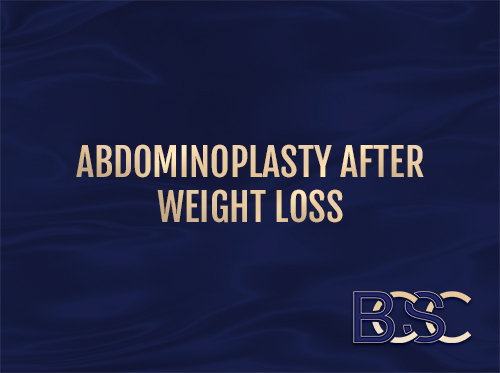What Is the Proper Tummy Tuck Aftercare?
The ideal aftercare consists of protecting the wound, eating healthy, limiting sun exposure, and following abdominoplasty aftercare instructions provided by a specialist surgeon.
Abdominoplasty, or tummy tuck surgery, takes 2 to 6 hours, depending on the kind of surgery, excess skin to be removed, and if there will be a need for liposuction. Tummy tuck recovery takes months and sometimes years. During this time, tummy tuck surgery patients must take proper scar management measures to prevent complications such as infections.
Tummy Tuck Aftercare: Essential Tips for A Good Recovery
Here are some important steps for a successful recovery after your tummy tuck surgery.
Always Protect Your Tummy Tuck Incision Sites
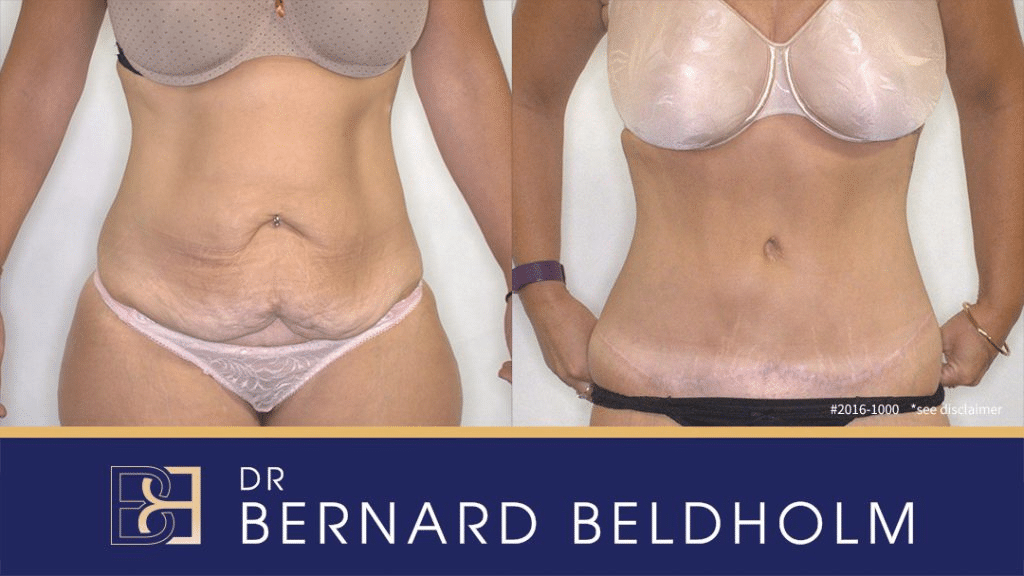
Disclaimer: Operation performed by Dr Bernard Beldholm. Adult content, surgery has risks; individual results vary, seek 2nd opinion. Please see the full disclaimer.
A tummy tuck wound is most vulnerable during the first few weeks after surgery. That is why Dr Beldholm and Body Contouring Surgery Clinic use PICO dressings for the first 7 days to keep excess fluid at bay, then a tape dressing afterwards.
Patients should limit strenuous movements and activities during this time since the body needs enough bed rest for optimal wound healing. It is advisable to wear a compression garment to manage swelling and take pain medication given by your surgeon in case you experience severe pain.
Taking frequent walks around the house promotes blood flow and prevents blood clots. Also, follow your surgeon’s instructions and wound aftercare guide.
Most plastic surgeons advise patients to wear an abdominal binder after a tummy tuck. A high-quality compression garment helps to protect the wound and reduce swelling.
Eat Healthily and Stay Hydrated

Eating healthy provides the body with calories and nutrients, such as vitamin A, that promote wound healing and fight infection. An abdominoplasty patient requires a healthy diet containing protein, fluids, vitamin A, vitamin C, and calories to facilitate the wound healing process.
Protein is a building block for skin and muscle repair and helps boost the immune system. Good protein sources are meat, fish, tofu, and nuts. Drink plenty of water to promote wound healing.
Zinc and vitamins A and C are essential minerals that aid the body in keeping the skin healthy, repairing tissue damage, and fighting infections. These minerals are available in fruits, vegetables, and animal foods. For instance, good sources of zinc include eggs, liver, and fish. Examples of vitamin A sources include carrots, mango, and pumpkin. Some foods rich in vitamin C include broccoli, kiwi fruit, and tomatoes.
Getting most of the essential vitamins and minerals listed above from whole foods. You can also choose supplements. However, if you must take supplements, focus on those rich in vitamins A, C, and zinc.
Avoid smoking since it increases the risk of blood vessel disease, vision disorders, and heart attack. Smoking also leads to poor wound healing.
Limit Sun Exposure To the Wound
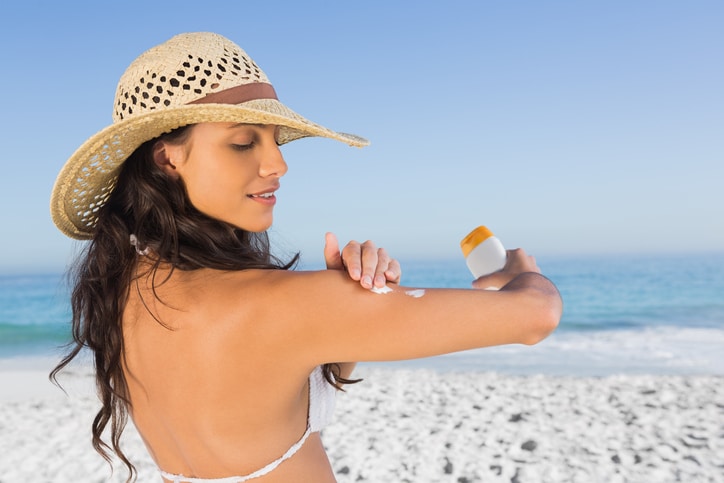
You should avoid exposing your tummy tuck scar to the sun until it matures fully. This is because sun exposure makes a mini tummy tuck scar look worse, and the damage can be noticeable. Note that the visibility changes depend on factors such as skin type and melanin production.
The best preventative measure is always to cover the wound with a bandage or clothing. Note that wearing a light-coloured shirt or any clothing made of thin material can allow UV light to penetrate. For instance, a white t-shirt provides only a 7 SPF rating.
Therefore, wear thicker fabrics and darker materials when going out to keep off the UV rays. When swimming, you can wear a high-waist or a one-piece swimsuit to keep the tummy tuck wound covered. This becomes effortless when you have well-placed surgical scars.
Use Suitable Wound Dressings
The main concern after a tummy tuck surgery is the wound getting infected. Wound dressings are designed to protect the wound, keeping germs and bacteria away. Latest wound surgical dressings display advanced technology and features, making them more effective at keeping bacteria and germs at bay.
At Body Contouring Surgery Clinic, we use PICO-negative pressure dressings on our tummy tuck patients. According to the manufacturer, PICO negative pressure dressings feature a special layer that traps 99.9% of bacteria. Also, PICO-negative pressure dressings promote blood circulation and wound healing and improve tummy tuck scars.
Exercise Correctly
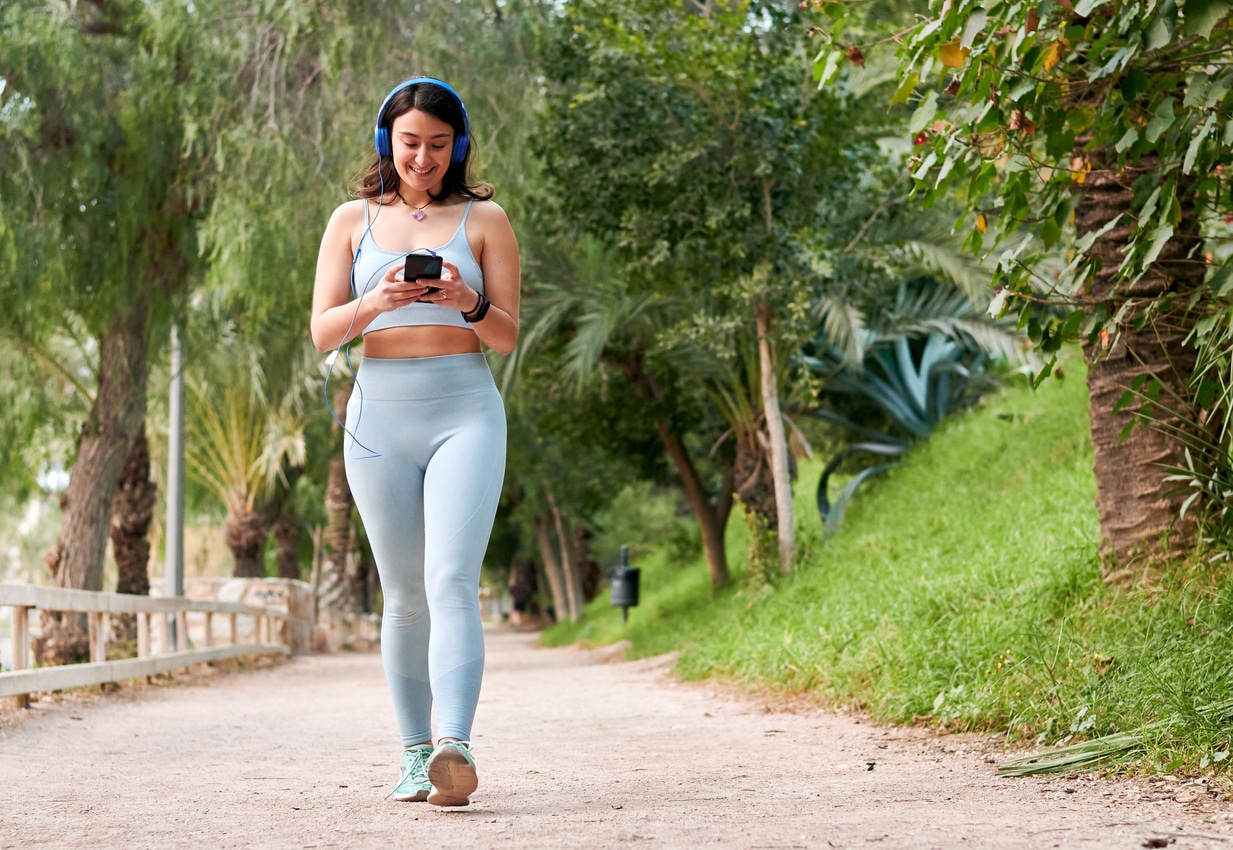
If you are into exercising or sports, the earliest you can resume light activities is 2 weeks after operations. Here is a timeline for resuming your exercise routine:
- Day 1 Post-Surgery: Begin walking, even for a short stroll. Light movement is encouraged.
- Weeks 2: Stick to light exercises, such as short walks or using a stationary bicycle. Gradually increase the duration and intensity depending on your body’s reactions. However, if you have had a muscle exercise, you’ll need to wait at least 6 weeks.
- Weeks 2-4: Continue light exercises, and you can consider incorporating light weights. Make sure not to push yourself too hard and listen to your body.
- Weeks 4-6: If you didn’t undergo muscle repair, you can increase the intensity of your exercises. However, avoid core exercises during this period.
- Around 3 Months: By this point, you should be able to resume your regular exercise routine up to three months, gradually reintroducing all your usual activities.
Remember that exercising during your recovery offers emotional benefits, reduces stress, and aids in restoring your previous fitness levels. It’s essential to progress gradually and not push yourself too hard to ensure a safe and successful recovery. Always consult your surgeon before resuming any exercise regimen after surgery since the fatty tissue might not have healed well.
Bath Correctly
Maintaining proper hygiene is crucial after a tummy tuck procedure. Below is Dr. Beldholm’s recommended timeline for bathing and cleaning to ensure a smooth and safe recovery period.
In the first 7 days after surgery, you should avoid getting the abdominal area wet. The PICO boxes used in the initial phase are not water-tight and can break if exposed to water.
The dressings are water-resistant but should not be subjected to direct shower spray during this period. Instead, consider gentle sponge baths or what’s commonly referred to as a “bird bath” to maintain cleanliness without wetting the abdomen.
Once the PICO dressings have been removed and replaced with tape dressings, usually after the initial week, you can safely have a proper shower. However, be mindful of the water temperature. It is best to use lukewarm water rather than hot water to avoid any potential damage to your healing skin.
Also note that baths, in particular, can introduce a significant amount of bacteria. This makes them unsafe until your incisions completely heal, after around 4 to 6 weeks. Until then, stick to the recommended showering methods. Follow your surgeon’s guidance closely to ensure a hygienic and complication-free recovery process.
Scar Moisturisers, Gels, and Creams
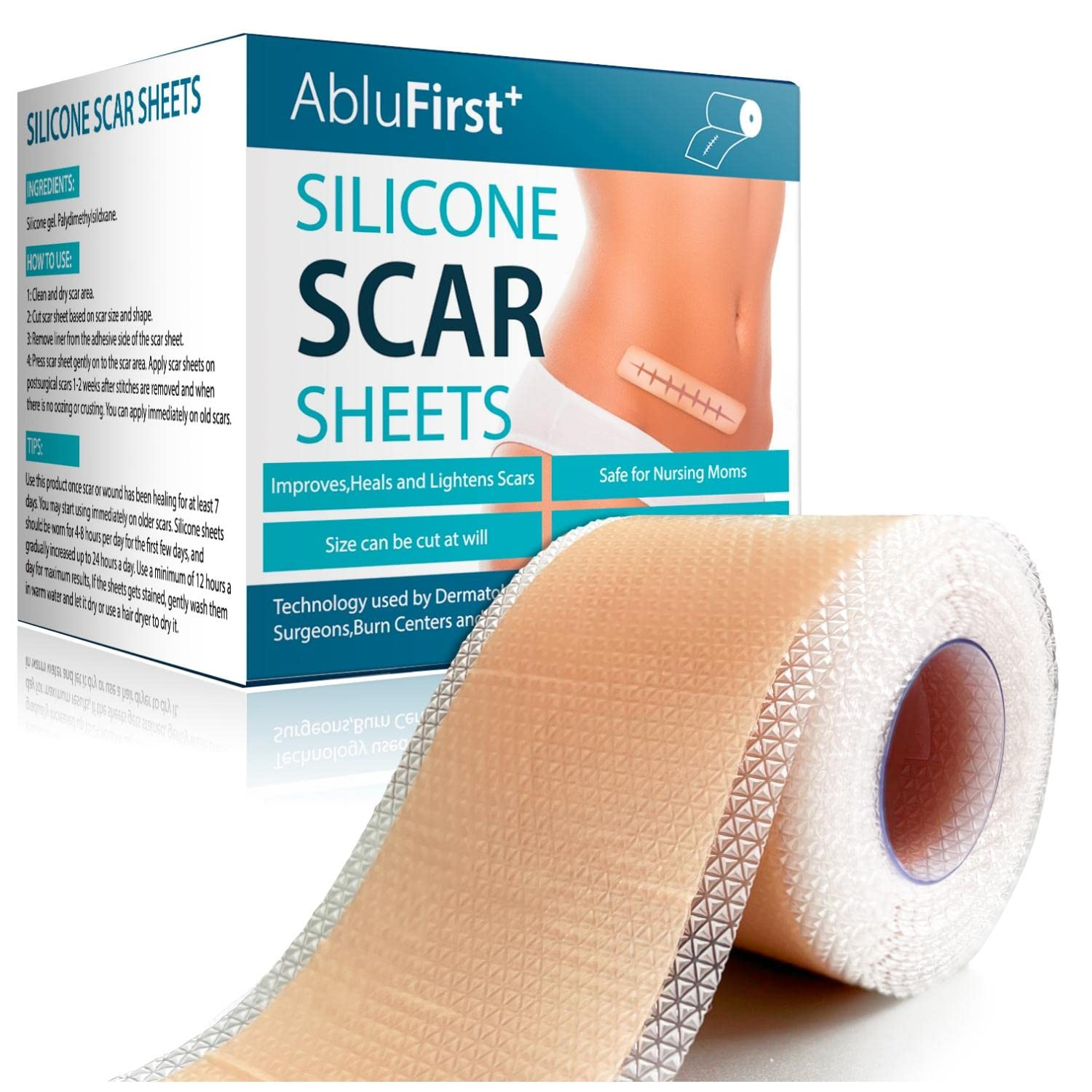
Tummy tuck gel, creams, and moisturisers help to promote a good-looking scar. Primarily, they help maintain skin moisture. Well-hydrated skin always performs better than dry skin, aiding in the skin’s self-repair process as you heal.
High-quality tummy tuck scar creams encompass elements like Centella Asiastic, ideal for fostering scar healing. Vitamin E serums and fragrance-free creams may also benefit a tummy tuck patient during recovery.
Laser Treatment
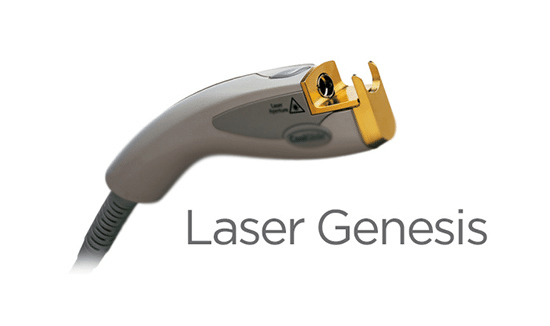
A specialist surgeon can use Laser genesis to reduce blood vessels surrounding the scar area for better tummy tuck results. After a tummy tuck, you might notice a red appearance at the incision site caused by the damaged blood vessels. Laser genesis reduces scar redness and promotes healing. It blends in the tummy tuck scar with the surrounding skin. This method is non-invasive, painless, and takes the shortest time possible; hence it is highly recommended.
Conclusion
Proper tummy tuck aftercare is the way to prevent post-op complications. Protocol dictates that all surgeons provide their patients with pre and post-surgery instructions, including the ideal tummy tuck care. Above are some of Dr. Bernard Beldholm’s standard aftercare tips to ensure his patients care for the delicate abdominal region for better results.
References
- Winocour, J., Gupta, V., Ramirez, J., Shack, R. B., Grotting, J. C., & Higdon, K. (2015b). Abdominoplasty. Plastic and Reconstructive Surgery, 136(5), 597e–606e.
- Vidal, P., Berner, J. E., & Will, P. (2017c). Managing Complications in Abdominoplasty: A Literature review. Archives of Plastic Surgery, 44(05), 457–468.
- Harris, L., & Darby, P. (2020b). Enhanced Recovery after Abdominoplasty Using Perisurgical Nutritional Supplementation. Plastic and Reconstructive Surgery. Global Open, 8(12), e3314.
- Pallara, T., Del Buono, R., Marangi, G. F., Langella, M., Toto, V., & Persichetti, P. (2013). Outcomes of Traditional Cosmetic Abdominoplasty in a Community Setting. Plastic and Reconstructive Surgery.
- Chowdhry, S., Davis, J., Boyd, T., Choo, J., Brooks, R. M., Kelishadi, S. S., Tutela, J. P., Yonick, D., & Wilhelmi, B. J. (2015). Safe Tummy Tuck: Anatomy and Strategy to Avoid Injury to the Lateral Femoral Cutaneous Nerve During Abdominoplasty. Eplasty, 15.
- Saunders, C., Nherera, L., Horner, A., & Trueman, P. (2020). Single-use negative-pressure wound therapy versus conventional dressings for closed surgical incisions: systematic literature review and meta-analysis. BJS Open, 5(1).
- Norman, G., Shi, C., Goh, E. L., Murphy, E. M., Reid, A. J., Chiverton, L., Stankiewicz, M., & Dumville, J. C. (2022). Negative pressure wound therapy for surgical wounds healing by primary closure. The Cochrane Library, 2022(4).


